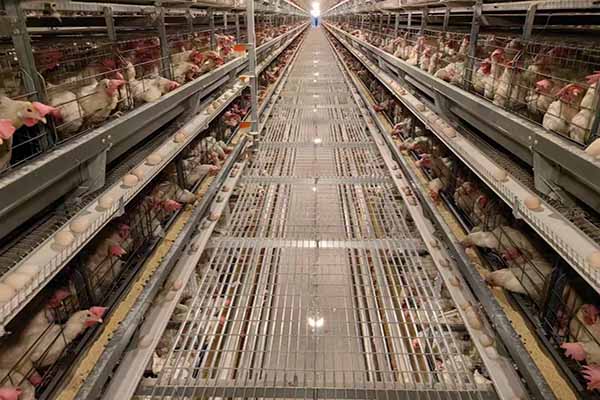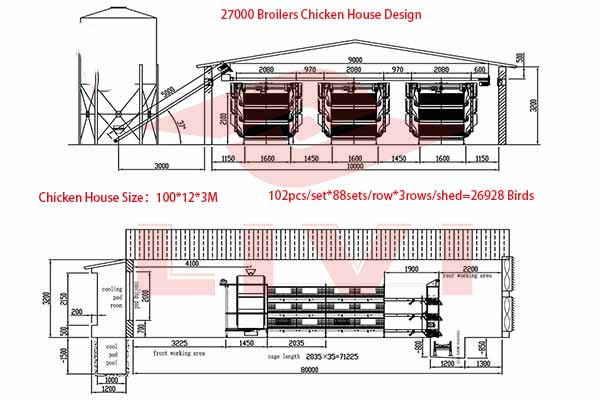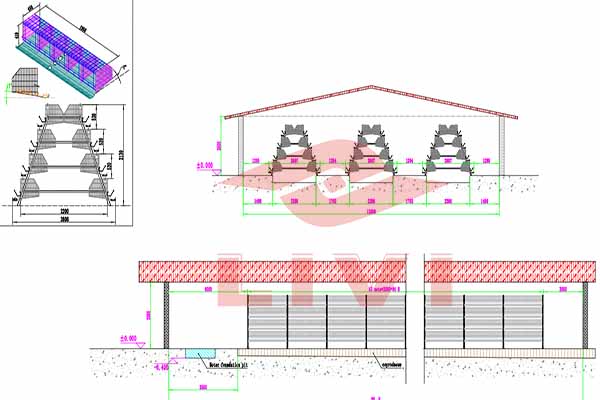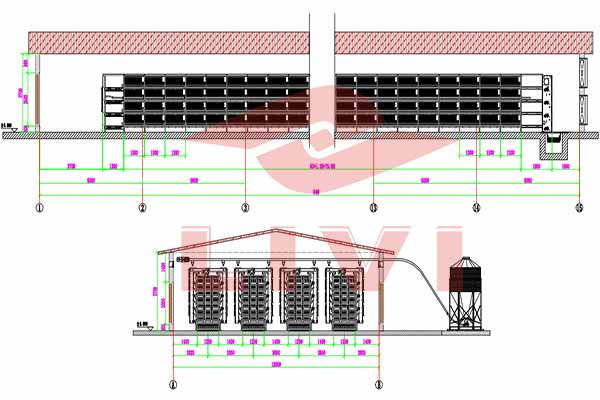Poultry Ventilation System for 400,000 Chickens in Kenya: Optimizing Farm Efficiency
Understanding the Needs of a Large-Scale Poultry Farm in Kenya
The poultry industry in Kenya is growing rapidly, with large-scale farms increasingly becoming a norm. For a farm housing 400,000 chickens, an efficient ventilation system is crucial for the health and productivity of the flock. In this article, we will explore the key considerations for a poultry ventilation system tailored for such a large-scale operation.
Key Components of a Poultry Ventilation System
1. Airflow Rate: To ensure the health of the chickens, the ventilation system must provide a sufficient air exchange rate. A minimum of 1 cubic meter of air per chicken per minute is recommended.
2. Air Quality: High-quality air is essential to prevent respiratory diseases. The system should filter out dust, ammonia, and other harmful particles.
3. Temperature Control: A stable temperature is crucial for the well-being of the chickens. The ventilation system should be capable of maintaining an optimal temperature year-round.
4. Humidity Management: Excessive humidity can lead to increased ammonia levels and other health issues. The system should include humidity control mechanisms.
Designing a Ventilation System for 400,000 Chickens
When designing a ventilation system for a farm with 400,000 chickens, the following factors should be considered:
– Farm Layout: The system should be designed to accommodate the layout of the farm, including the placement of the chickens and the required airflow paths.
– Fan Placement: Fans should be strategically placed to ensure even distribution of air throughout the farm.
– Air Intake and Exhaust Points: The system should have adequate intake and exhaust points to facilitate air exchange.
– Control Systems: Automation is key to maintaining optimal conditions. Control systems should be integrated to adjust fan speed and temperature as needed.
Case Study: Poultry Farm in Kenya
A recent project involved designing a ventilation system for a 400,000 chicken farm in Kenya. The system included:
– 20 High-Performance Axial Fans: To ensure a consistent air exchange rate.
– Advanced Air Filters: To maintain air quality and reduce the risk of respiratory diseases.
– Smart Control Panels: To automate temperature and humidity management.
The implementation of this system resulted in a significant improvement in chicken health and productivity.
Conclusion
An efficient poultry ventilation system is essential for the success of a large-scale poultry farm in Kenya. By considering factors such as airflow rate, air quality, temperature control, and humidity management, farmers can create an optimal environment for their chickens.
If you are looking to optimize your poultry farm’s ventilation system or are considering investing in a new farm, contact us at LIVI Mechanical. We offer free poultry farm design solutions and equipment quotations. Let our experts help you create a system that meets the unique needs of your operation.





